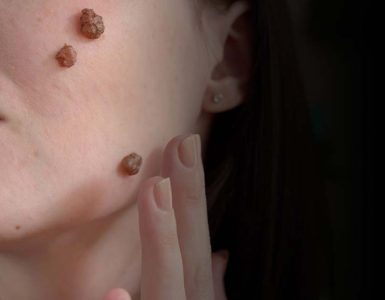Scientists working on Infectious diseases report early development of a possible global vaccine for Ebola viruses that clinical tests show might neutralize all five species Bundibugyo ebolavirus (BEBOV), Zaire ebolavirus (ZEBOV), Sudan ebolavirus (SEBOV), Reston ebolavirus (REBOV), and Tai Forest (Cote d’Ivoire) ebolavirus (CIEBOV). These deadly viruses infect communities in recent outbreaks, largely in Africa.
Researchers at Cincinnati Children’s Hospital Medical Center state their clinical results in the Journal of Virology, published by the American Society for Microbiology.
Although in early preclinical analysis, researchers still report that their data demonstrate t the potential vaccine has prospective to be a stand-alone defense against Ebola. It also broadens and expands the resilience of protective resistance induced by current live vaccines previously tested in clinical tests against individual Ebola virus species, said Karnail Singh, Ph.D., the study’s co-principal investigator in the Division of Infectious Diseases.
“This could be an important development in the global attempt to prevent or control Ebola outbreaks, particularly if this vaccine used alone or in grouping with another Ebola vaccine results in long-term and strong protective immunity against special Ebola viruses,” Singh said.
Between 2013 and 2016, a fatal Ebola outbreak in West Africa accelerated global efforts to develop vaccines for these extremely contagious and harmful viruses. This led to the expansion of recombinant Ebola vaccines in which glycoprotein from the Zaire Ebola virus is engineered into another mutated live viral vector. When managed, these live vaccines stimulate immune responses against the Ebola glycoprotein that, in turn, defend against any next attack by the Ebola virus.
Singh and colleague researchers report that as the live-vector vaccines produce hopeful results in clinical trials until the current study, none of the new vaccines under development have been shown to induce immune responses that cross-react against multiple Ebola virus species cause the deadly disease in humans.
A Different Approach
According to the study, the new vaccine acquires a narrative approach. The scientists designed a spherical, bivalent Ebola virus-like particle (VLP) that integrates two genetically different glycoproteins (one each from the Zaire Ebola virus and Sudan Ebola virus) on a spherical core.
This approach will not cause any illness in the recipient as the VLPs lack the genetic material and do not reproduce. The vaccine works by stimulating immune responses against Ebola that generate virus-fighting antibodies to attack the different virus species.
When the scientists controlled their new Ebola VLP vaccine to suitable animal models, it produced healthy immune responses against Ebola virus species known to be pathogenic in humans.
Although the new vaccine uses glycoproteins from two Ebola virus species, Singh said it might work against all five known pathogenic Ebola viruses as responses to one of the glycoproteins generates cross-reactive responses against two other Ebola virus species.
More Testing Needed
The scientists accentuate that extensive additional clinical trial of the prospective Ebola VLP vaccine is needed before it could potentially be tested in preclinical testing.
A leading collaborator on the multi-institutional study — which included the University of Cincinnati College of Medicine, the Emory University School of Medicine, and the University of Louisiana’s New Iberia Research Center — was Paul Spearman, MD, Division Director of Infectious Diseases at Cincinnati Children’s.
Spearman said at the moment, vaccine challenge analyses are in the development stages. They will engage working in collaboration with an institution that has Level 4 biosafety facilities and will require additional external funding to move this promising research forward.
“If the data from those studies are equally hopeful, the vaccine should be ready to development to the generation of clinical-grade material for human trials,” he said.
















Research-based on well-grounded evidence